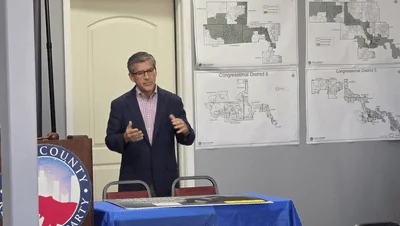Franklin Park Firefighters Pension Fund issued the following announcement on July 26.
Are firefighters who show symptoms of burnout less likely to follow safety procedures? A team of researchers recently set out to learn if burnout impacted a firefighter’s ability to follow required safe work practices, care for and safely use personal protective equipment (PPE), and communicate and report safety concerns.1 The team also wanted to assess the direct effects that work stress and work-family conflict have on burnout.As a firefighter, you work in physically, emotionally and psychologically challenging situations — sometimes with limited resources. You also face the added pressure of performing safely and effectively under significant time constraints. These difficult work conditions can lead to burnout over the long-term.
Burnout is generally defined as a psychological response to chronic work stress and is recognized as having three major components:
Exhaustion.
Disengagement or withdrawal from the workplace and co-workers.
Cynicism or unsympathetic attitude towards the people and goals they serve.
Along with improvements in things such as turnout gear, equipment, improved medical care and screenings, etc., there is still a need to address other factors, which would include psychosocial and organizational factors that haven't been researched and addressed extensively within the fire service.
— Study authors
What did the research team learn?
Findings
Study results clearly showed that burnout leads to diminished safety behaviors in firefighters. It should be considered a legitimate safety concern within the fire service.
Work stress and work-family conflict are not directly linked to bad safety practices. They can, however, lead to burnout over time, which is the major predictor of unsafe work practices.
When firefighters are burned out, they are less likely to voice their safety concerns, to use PPE properly, and to perform their work in a routinely safe manner.
Suggested safety interventions
The research team had these recommendations for fire department leaders to prevent burnout and promote safe behaviors:
Place an emphasis on a safety-conscious transformational style of leadership. This will counter many of the stressors that lead to burnout. This style of leadership also promotes fairness and equity and it builds engagement.
Require supervisors to provide rest and rehabilitation during firefighting operations, and allow for post-event rest and recovery.
Promote health and wellness goals and a positive safety climate. This will help to counter the effects of stressors that may lead to burnout.
Original source can be found here.

Source: Franklin Park Firefighters Pension Fund






 Alerts Sign-up
Alerts Sign-up